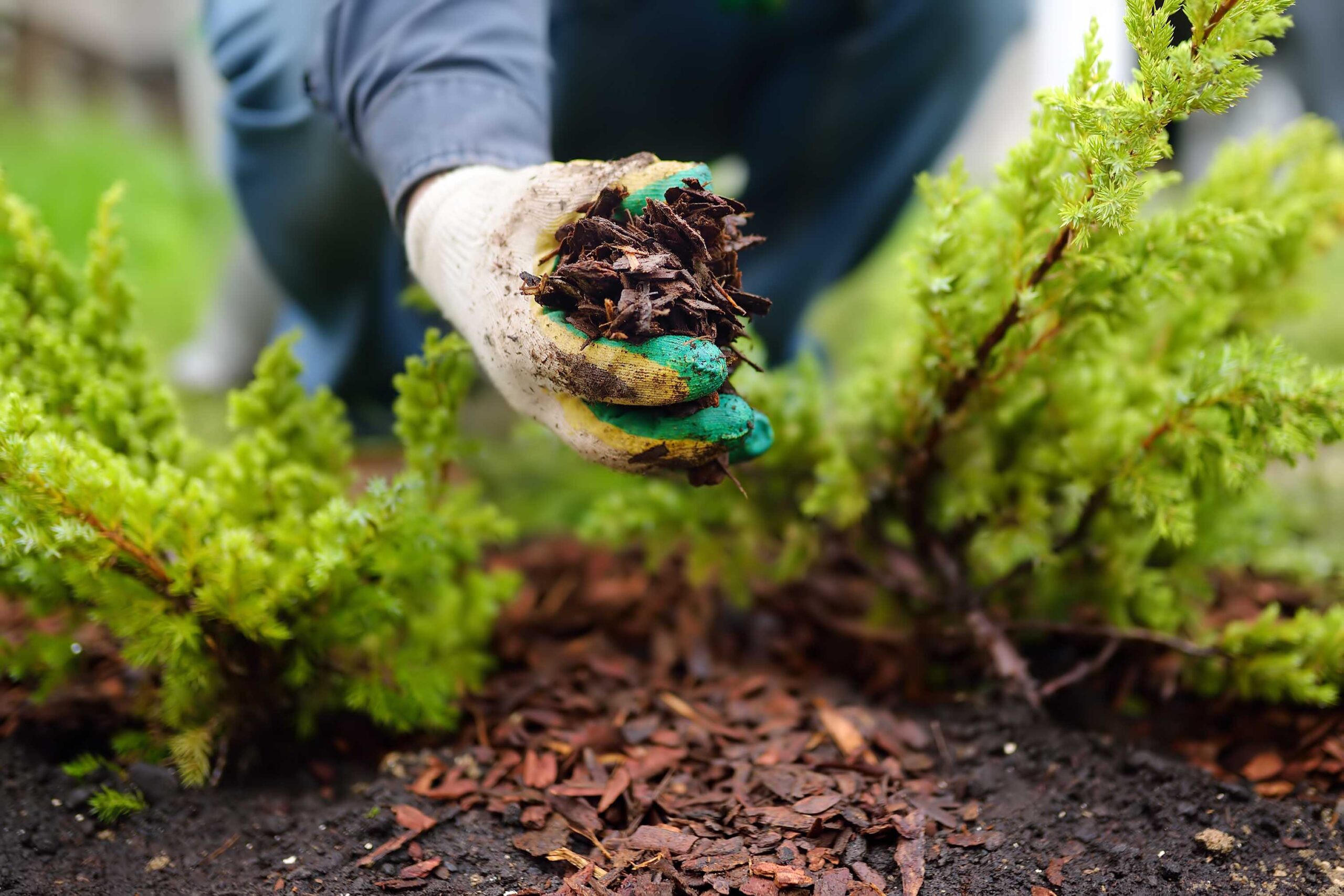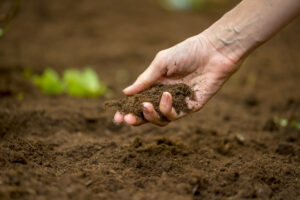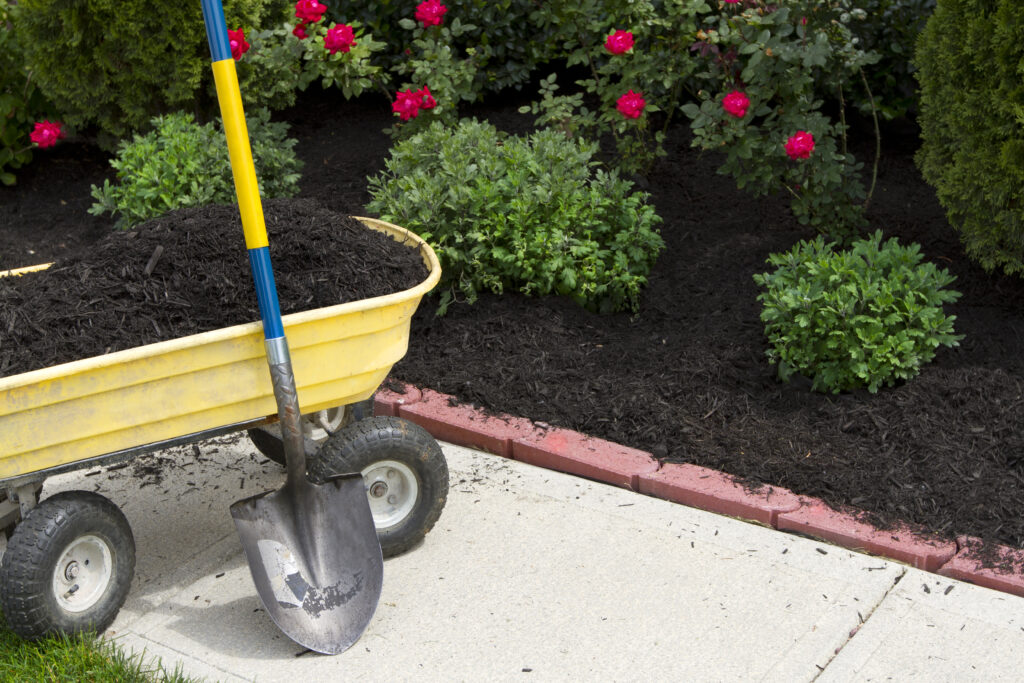
Step 1: Weeding – Get the roots out of there!
The least favorite stage for many: weeding and clearing your area of all unwanted vegetation and rocks. The weeding can be done by hand or use a weed killer appropriate for the weeds you are trying to control. It is essential to do a thorough job. It will be a lot more challenging if you wait until after the beds have been planted.
Step 2: Prepare the soil
The best soil for gardening is rich, crumbly soil. Loosen the soil by tilling it. If you are working under a tree, use a pitchfork to minimize damage to the tree roots. Avoid severing roots larger than an inch in diameter. ![]()
Do not over-till soil as it can result in a fine, powdery dust that packs hard like concrete when dry weather follows rain.
After the soil is broken up, spread three inches of organic matter, such as our exceptional compost, over the surface and work it in, aiming for a 50:50 blend of soil to compost. If you till three inches of soil, add three inches of compost.
the surface and work it in, aiming for a 50:50 blend of soil to compost. If you till three inches of soil, add three inches of compost.
To improve clay soil, blend in as much expanded shale as you do compost. You can save yourself a step by using Living Earth’s Clay Soil Conditioner, which is a blend of compost and expanded shale.
Step 3: Fertilize the soil
Plants need to eat just like you do. Until the soil finds its natural balance, it is essential to use fertilizer, especially for vegetables and blooming annuals. We recommend adding either an organic or time release fertilizer to maintain the proper nutrients. Now you are ready to plant.

Step 4: Mulch the garden
Once you have your planting done, we strongly recommend with mulch. Mulching is one of the best management practices to improve or maintain optimum plant performance in a landscape. With mulches properly applied, many soil- and plant-related benefits can be realized, including:
Add mulch to a depth of three inches but be careful not to pile mulch around the base of the plant or tree. This creates excessive water accumulation around the plant base and can cause root and stem rot problems.
Be sure to mulch two or more times a year to help hold moisture in the soil. Organic mulches are preferential to inorganic ones. Organic mulches eventually decompose, returning valuable nutrients slowly to the soil. Inorganic mulches, such as those made with glass, rubber or stone, do not provide the nutrients.
When it comes to organic mulch, Living Earth has you covered. Check out our Native Hardwood Mulch, Shredded Hardwood Bark Mulch, Cedar Mulch, Colored Mulches and Pecan Mulch.
Use our coverage calculator to determine how much soil, mulch and/or rock is needed for your project!
*Product availability varies by location so be sure to double check